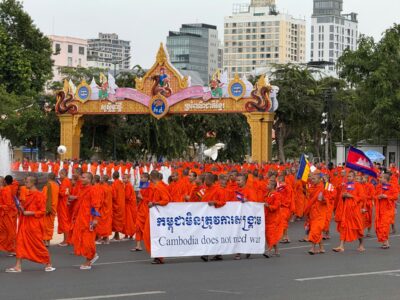The paradox of Islamization . . . has been that in expanding the scope of Islamic authority and making it more broadly available, it also appears to Muslims to have been emptied…
Rethinking public religion: Word, image, sound
Piety, publicity, and the paradox of Islamization
April 30, 2019
April 30, 2019













